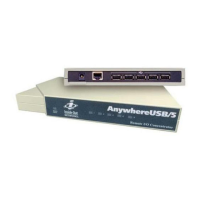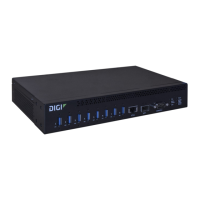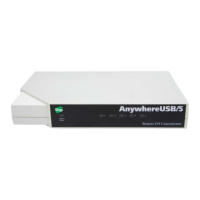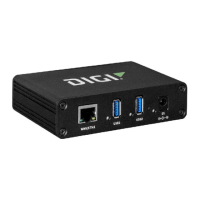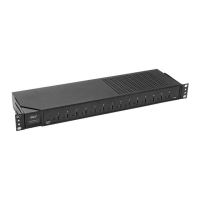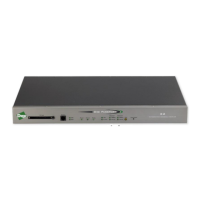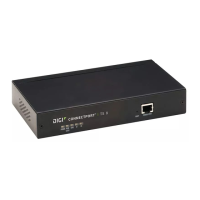Routing Virtual Router Redundancy Protocol (VRRP)
AnywhereUSB® Plus User Guide
536
router is mapped to the backup device with the next highest priority. If this device's actual IP
address is being used as the virtual IP address of the VRRP pool, then the priority of this device
should be set to 255 . Allowed values are from 1 and 255, and it is configured to 100 by
default.
9. (Optional) For Password, type a password that will be used to authenticate this VRRP router
with VRRP peers. If the password length exceeds 8 characters, it will be truncated to 8
characters.
10. Configure the virtual IP addresses associated with this VRRP instance:
a. Click to expand Virtual IP addresses.
b. Click gto add a virtual IP address.
c. For Virtual IP, type the IPv4 or IPv6 address for a virtual IP of this VRRP instance.
d. (Optional) Repeat to add additional virtual IPs.
11. See Configure VRRP+ for information about configuring VRRP+.
12. Click Apply to save the configuration and apply the change.
Command line
1. Log into the AnywhereUSB Plus command line as a user with full Admin access rights.
Depending on your device configuration, you may be presented with an Access selection
menu. Type admin to access the Admin CLI.
2. At the command line, type config to enter configuration mode:
> config
(config)>
3. Add a VRRP instance. For example:
(config)> add network vrrp VRRP_test
(config network vrrp VRRP_test)>
4. Enable the VRRP instance:
(config network vrrp VRRP_test)> enable true
(config network vrrp VRRP_test)>
5. Set the interface on which this VRRPinstance should run:
a. Use the ? to determine available interfaces:
(config network vrrp VRRP_test)> interface ?
